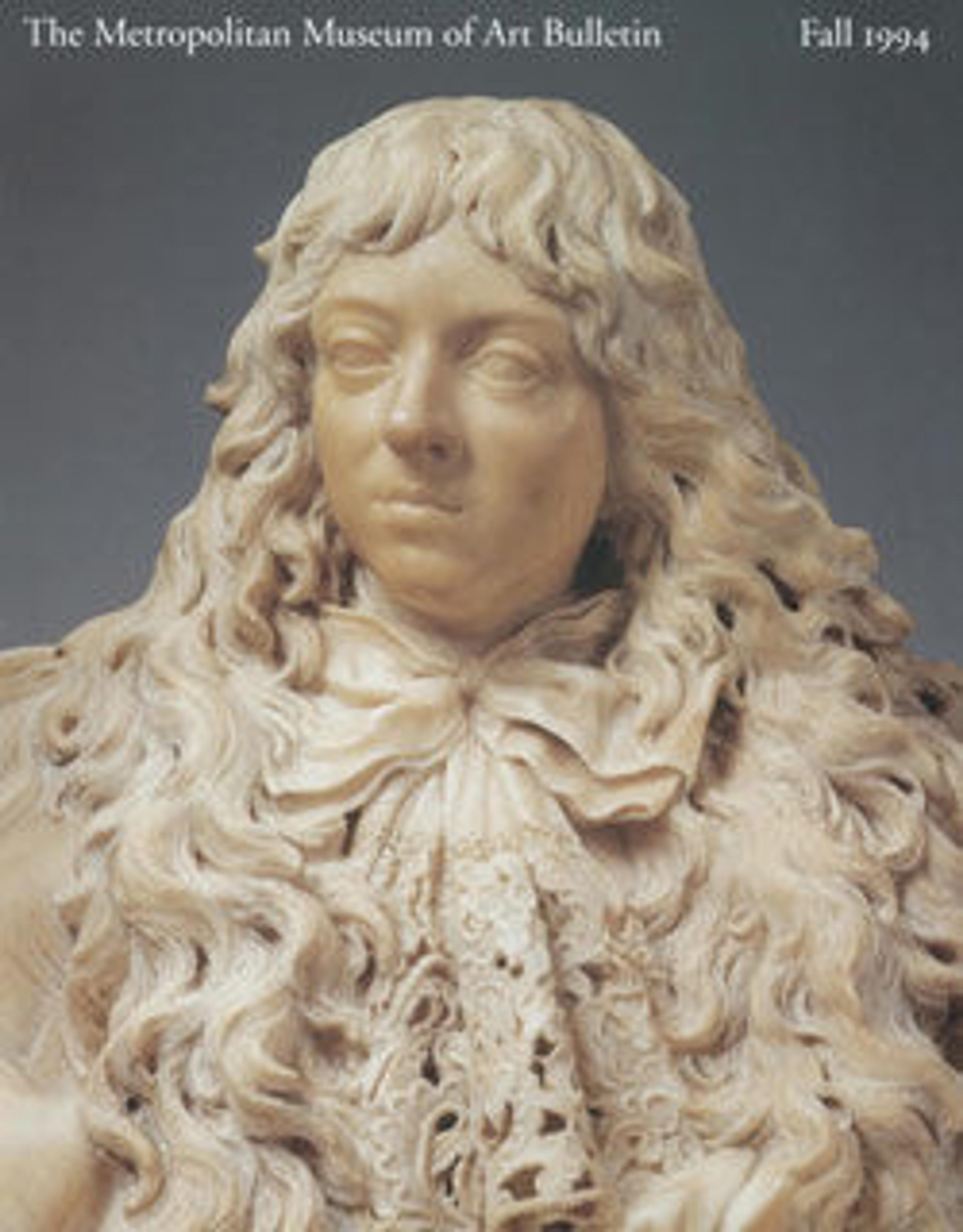Untitled
The envelopes continue Bush's interest in the boundaries of communication and rely on the notion that if the representation is convincing enough (in the trompe l'oeil tradition of Harnett and Peto), the mind can be confused into believing that the framed envelopes are real. The artist has carefully considered the shape, color, and size of each envelope and framed each one in a second-hand photographic printing frame, negative holder, or X-ray film holder, giving it a particular personality. Meant to be seen in familial congregations of three or more, each envelope seems to enclose a confidential but undisclosed message. In the late twentieth-century world of electronic communication, Bush's understanding that envelopes, like painted portraits of one's ancestors, will gradually disappear with their untold secrets, is both poignant and prescient.
Artwork Details
- Title:Untitled
- Artist:Andrew Bush (American, born 1956)
- Date:1993
- Medium:Chromogenic prints
- Dimensions:a: 22 5/8 × 18 5/8 × 1 3/16 in. (57.5 × 47.3 × 3 cm)
b: 16 7/8 × 19 15/16 × 1 3/16 in. (42.8 × 50.6 × 3 cm)
c: 18 3/16 × 15 3/16 × 11/16 in. (46.2 × 38.6 × 1.8 cm)
d: 16 5/16 × 13 3/8 × 1 7/16 in. (41.4 × 33.9 × 3.6 cm)
e: 11 1/8 × 13 1/8 × 11/16 in. (28.3 × 33.4 × 1.7 cm)
f: 10 11/16 × 12 11/16 × 1 1/8 in. (27.2 × 32.3 × 2.8 cm)
g: 10 1/16 × 12 1/16 × 1 1/8 in. (25.6 × 30.7 × 2.8 cm)
h: 9 5/8 × 11 3/4 × 1 7/16 in. (24.5 × 29.8 × 3.7 cm)
i: 13 3/8 × 8 11/16 × 7/8 in. (33.9 × 22.1 × 2.3 cm)
j: 11 1/8 × 9 3/16 × 11/16 in. (28.3 × 23.3 × 1.7 cm)
k: 10 1/8 × 7 9/16 × 11/16 in. (25.7 × 19.2 × 1.8 cm)
l: 7 3/16 × 10 3/16 × 1 1/4 in. (18.2 × 25.8 × 3.2 cm)
m: 7 × 9 × 1 3/16 in. (17.8 × 22.8 × 3 cm)
n: 6 1/8 × 8 1/8 × 11/16 in. (15.6 × 20.7 × 1.7 cm)
o: 4 11/16 × 6 15/16 × 7/8 in. (11.9 × 17.7 × 2.2 cm)
p: 6 1/8 × 5 1/16 × 15/16 in. (15.6 × 12.8 × 2.4 cm)
q: 3 × 4 × 13/16 in. (7.6 × 10.1 × 2.1 cm) - Classification:Photographs
- Credit Line:Purchase, Anonymous Gift, 1993
- Object Number:1993.195a–q
- Rights and Reproduction:© Andrew Bush
- Curatorial Department: Photographs
More Artwork
Research Resources
The Met provides unparalleled resources for research and welcomes an international community of students and scholars. The Met's Open Access API is where creators and researchers can connect to the The Met collection. Open Access data and public domain images are available for unrestricted commercial and noncommercial use without permission or fee.
To request images under copyright and other restrictions, please use this Image Request form.
Feedback
We continue to research and examine historical and cultural context for objects in The Met collection. If you have comments or questions about this object record, please contact us using the form below. The Museum looks forward to receiving your comments.
